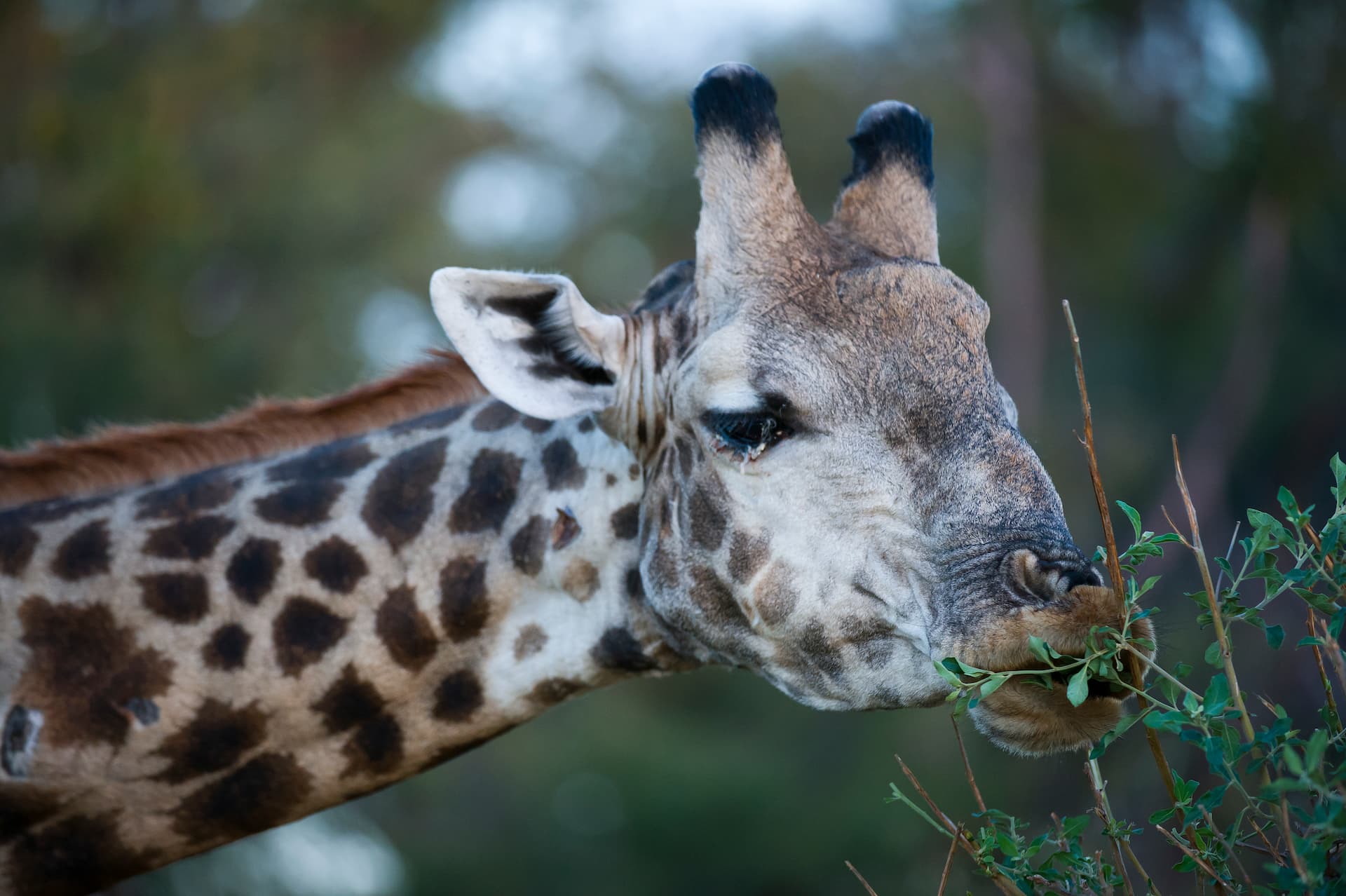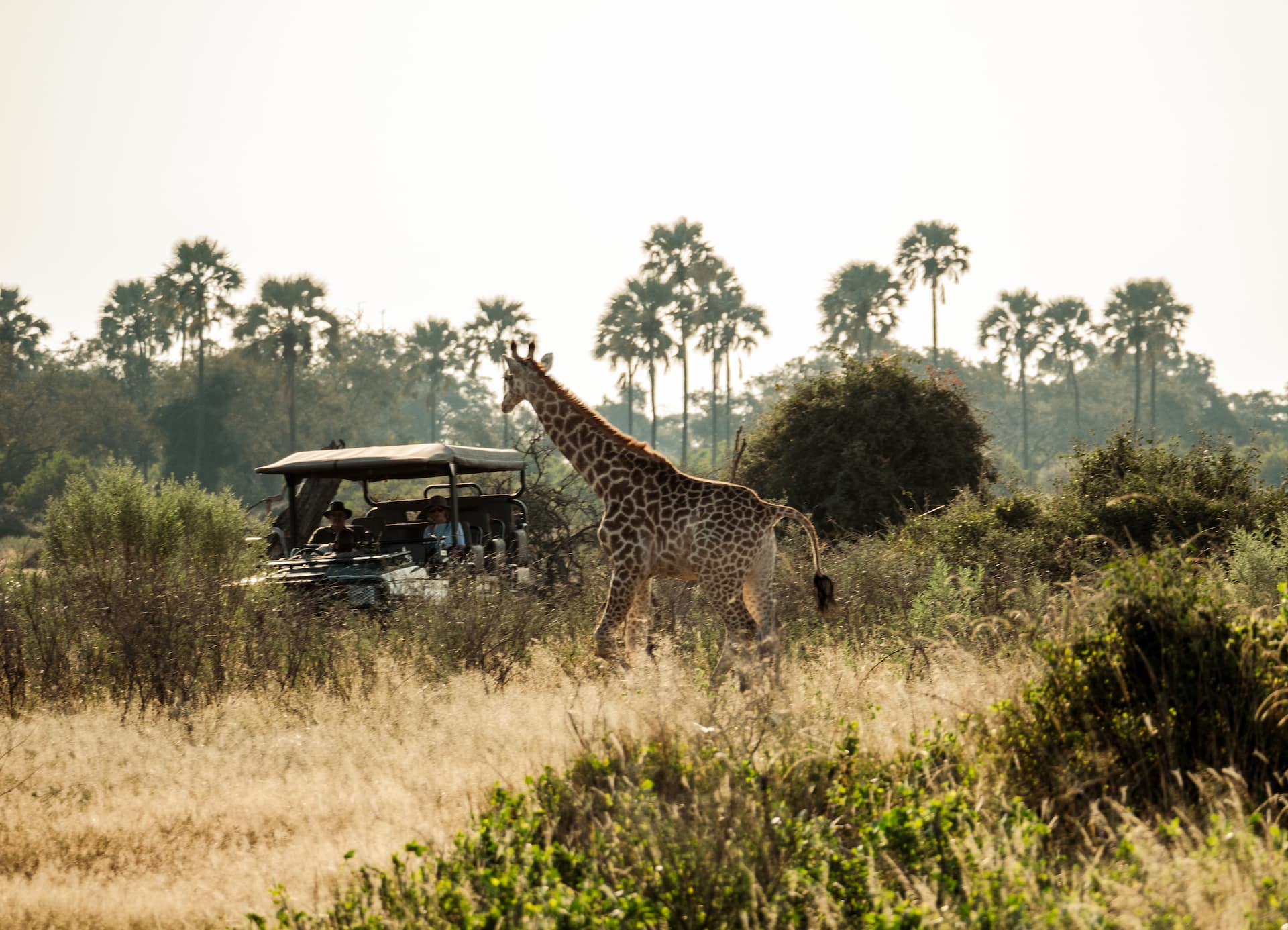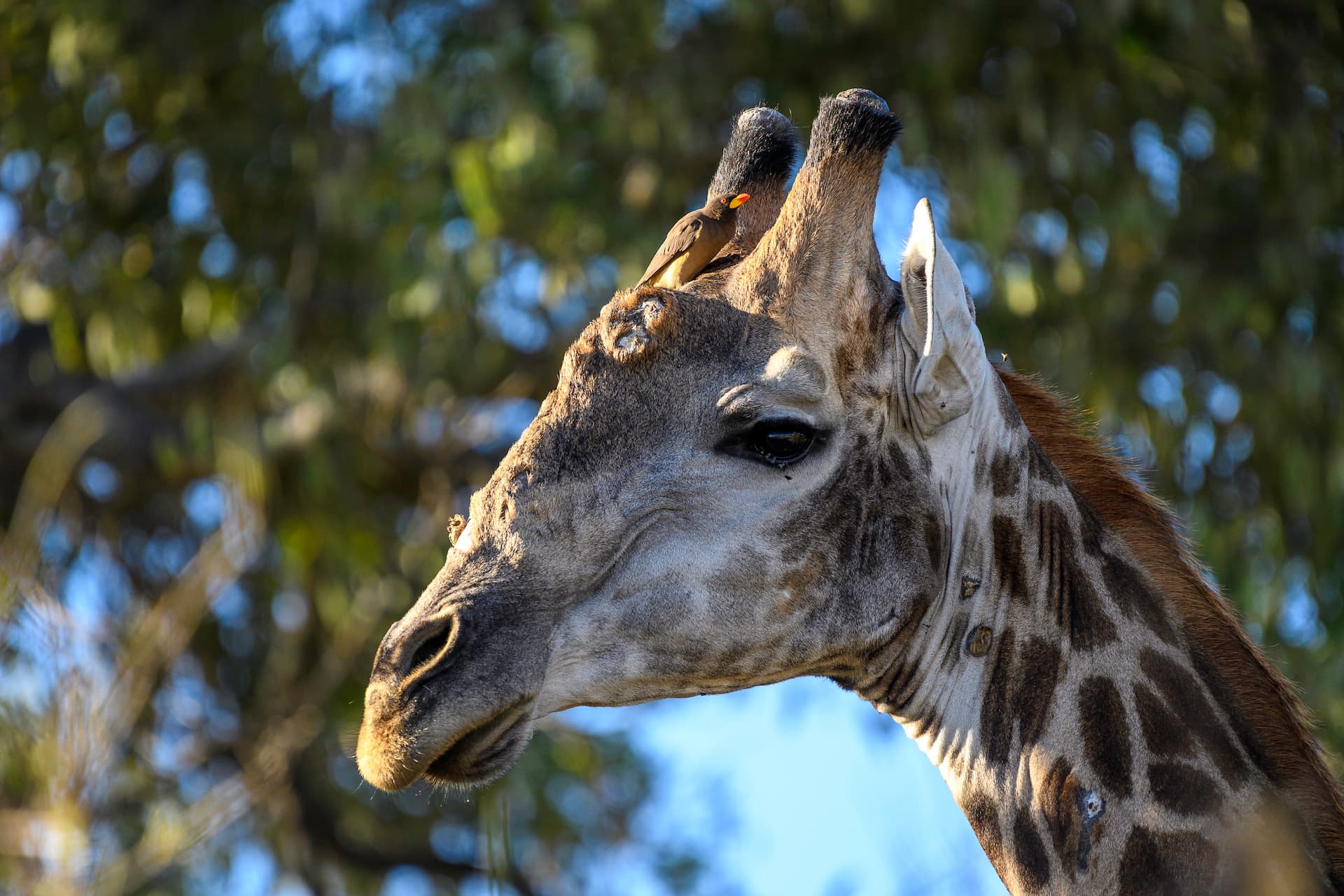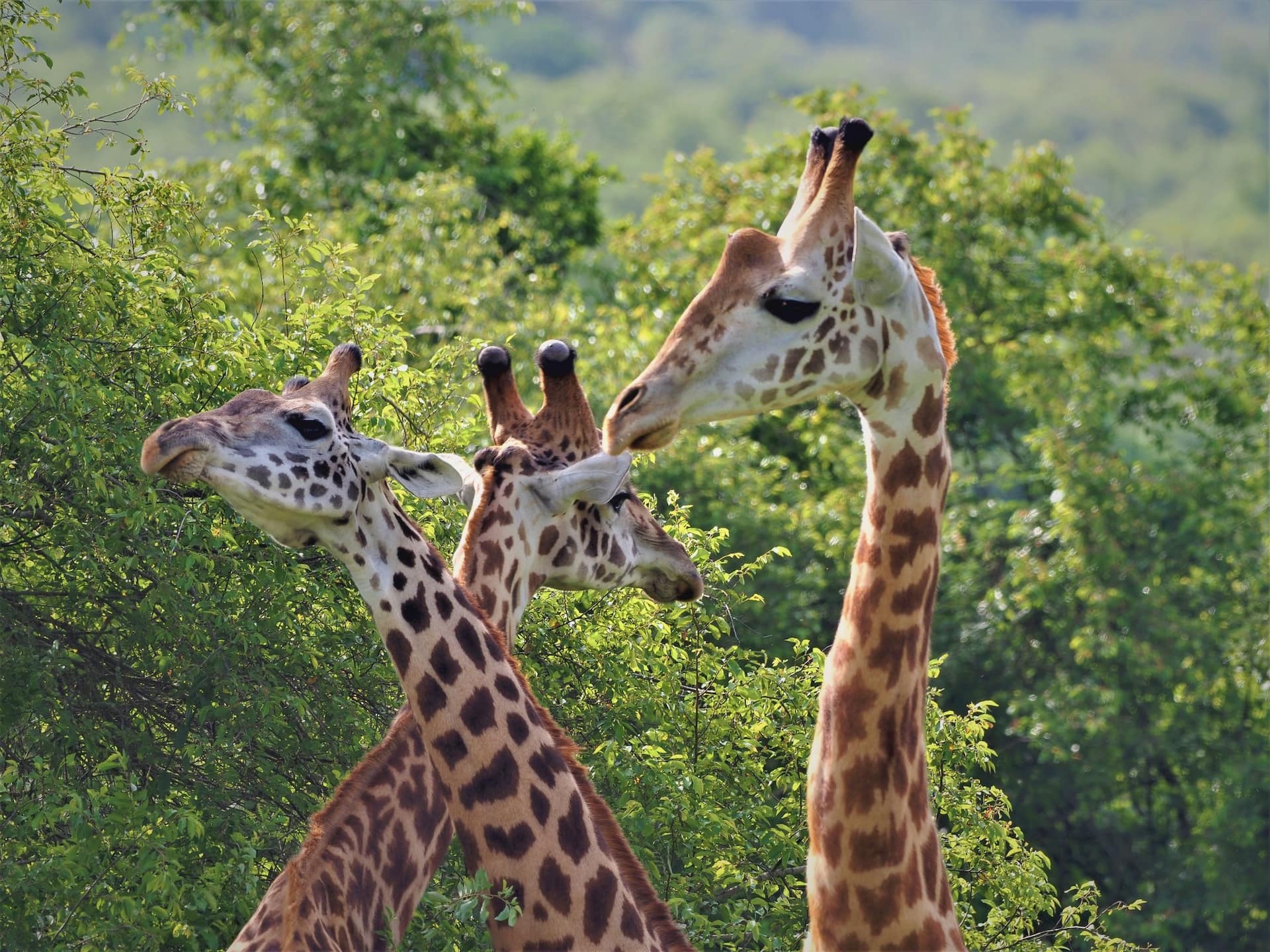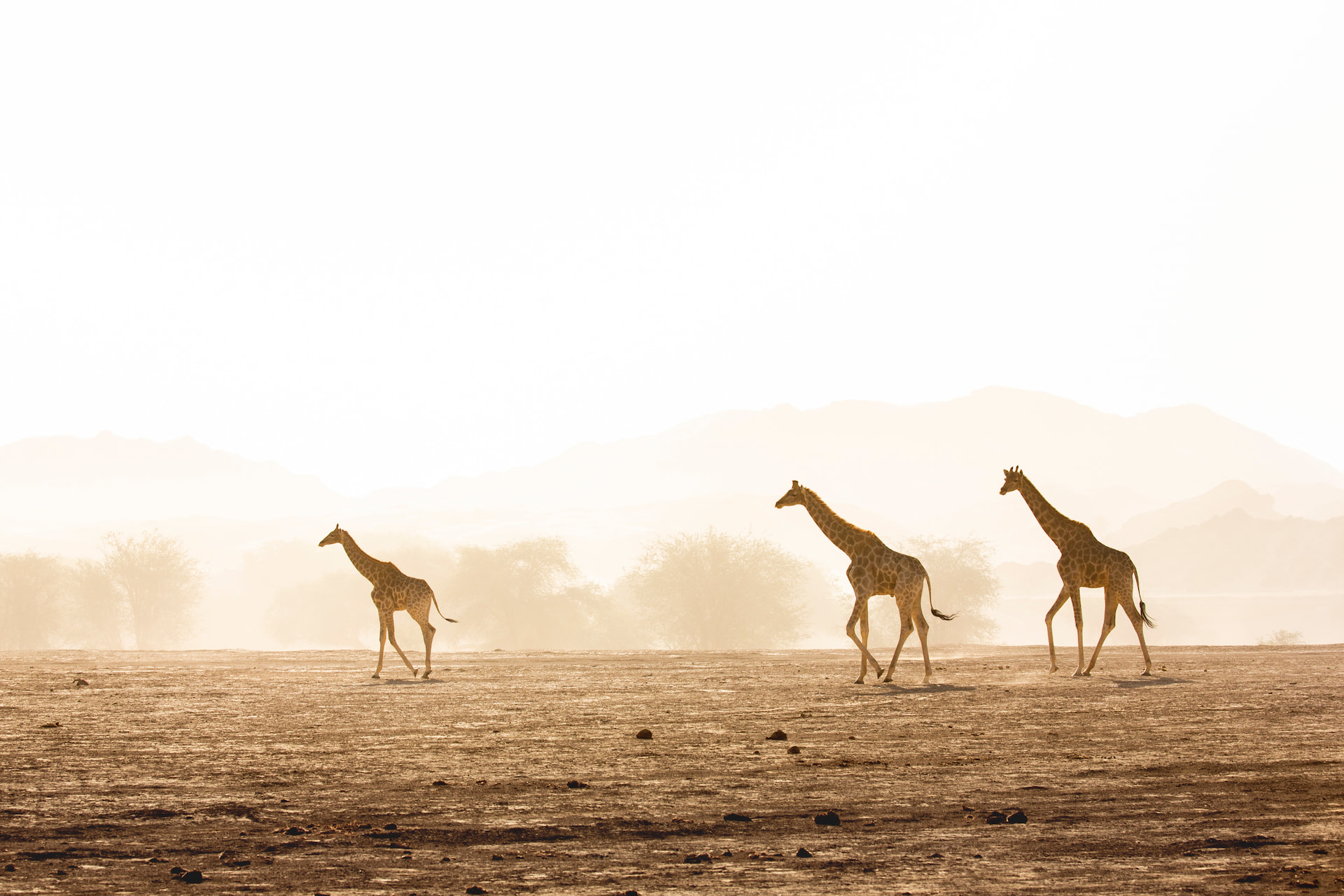Where to see giraffes
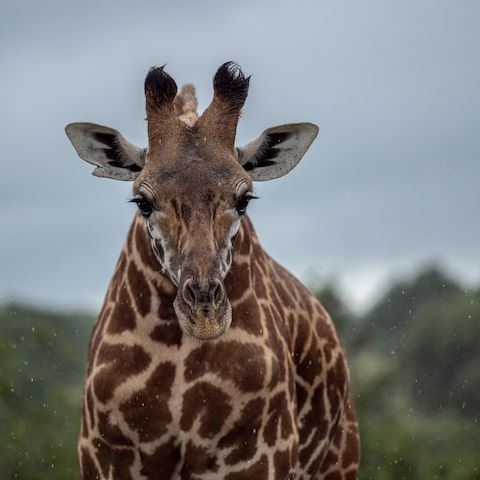
Giraffes at Wilderness Chitabe
Giraffes at Wilderness Mombo
Giraffes at Wilderness DumaTau
Giraffes at Wilderness Magashi
Wilderness Magashi
This is the quintessential East African safari adventure and the perfect complement to your gorilla trekking experience in Rwanda.
Wilderness Magashi
Witness the abundance of Akagera National Park from Wilderness Magashi. Home once more to an abundance of apex predators and their prey.
Giraffes at Wilderness Hoanib Skeleton Coast Camp
Wilderness Hoanib Skeleton Coast
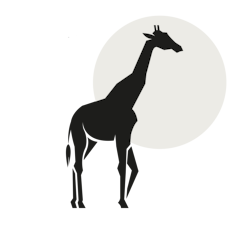
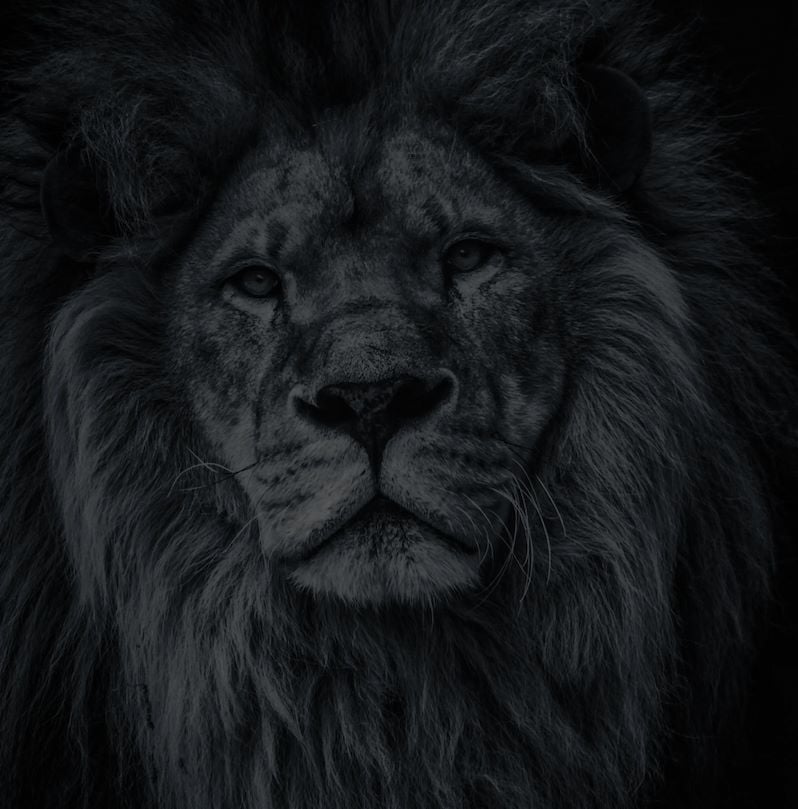
Let’s plan your next journey
Ready?
When we say we’re there every step of the way, we mean it, literally. From planning the perfect circuit, to private inter-camp transfers on Wilderness Air, and easing you through Customs. We’re with you on the ground, at your side, 24-7, from start to finish. Ready to take the road less travelled? Contact our Travel Designers to plan an unforgettable journey.
